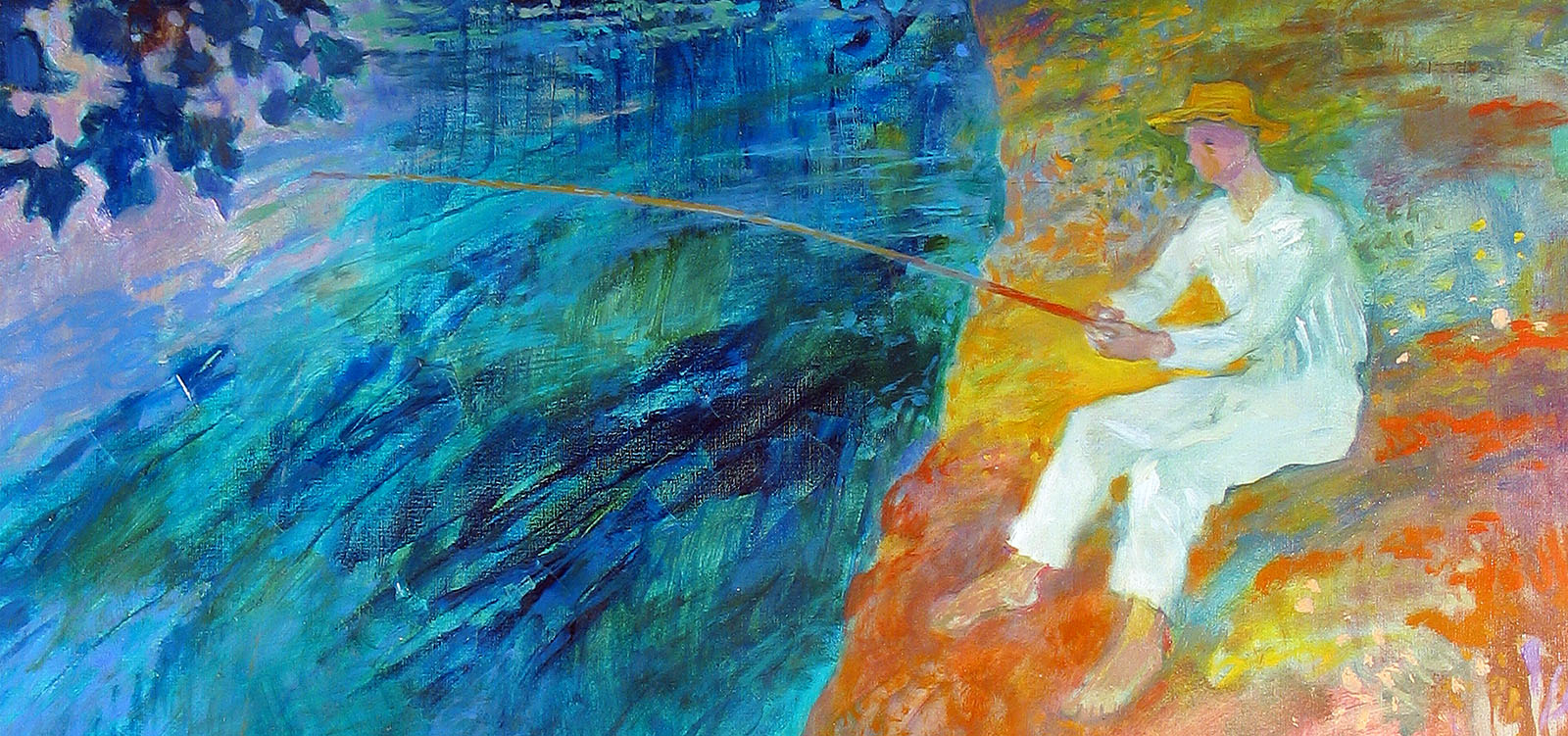
Investing in Art - The Art of Investing

We create art collections
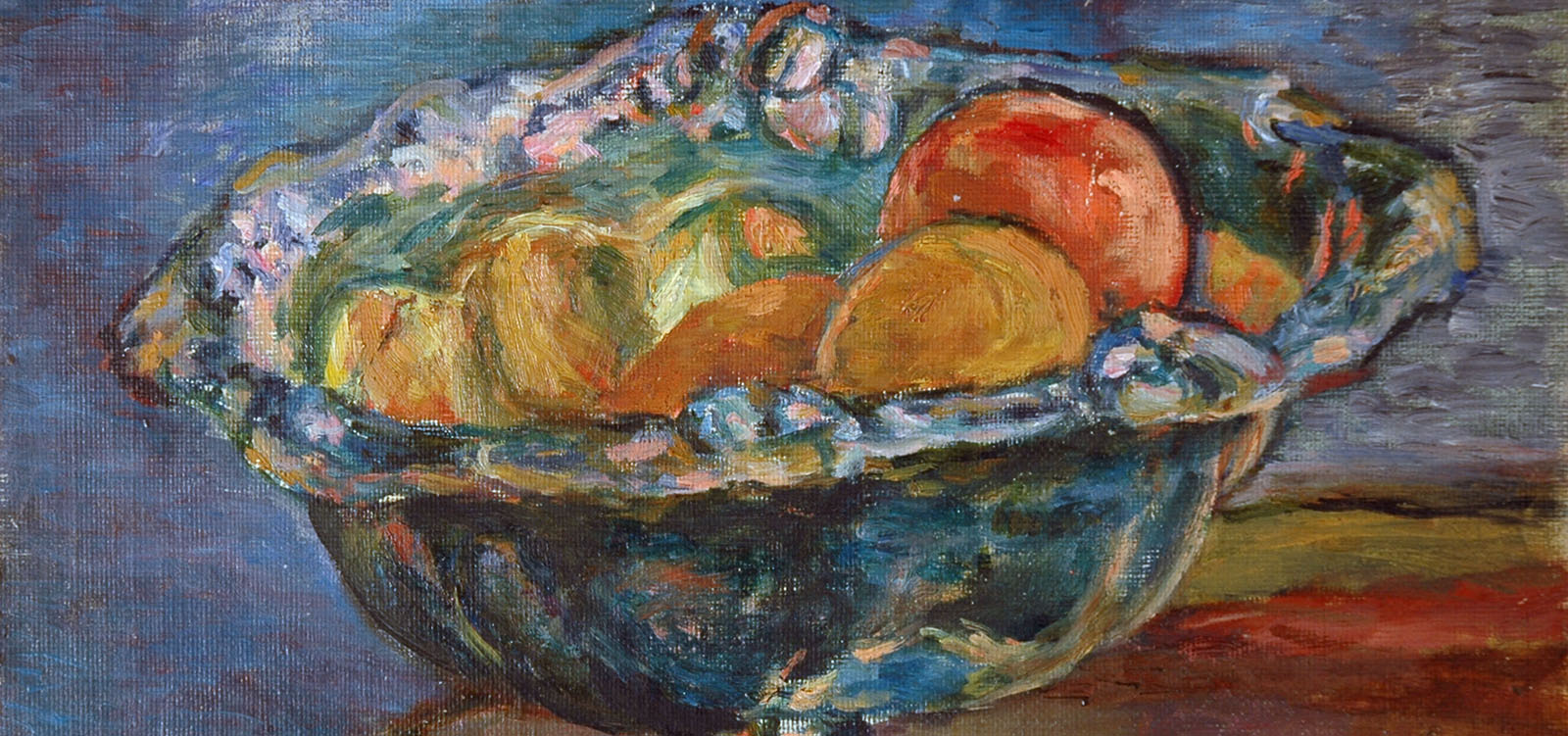
Art Consulting
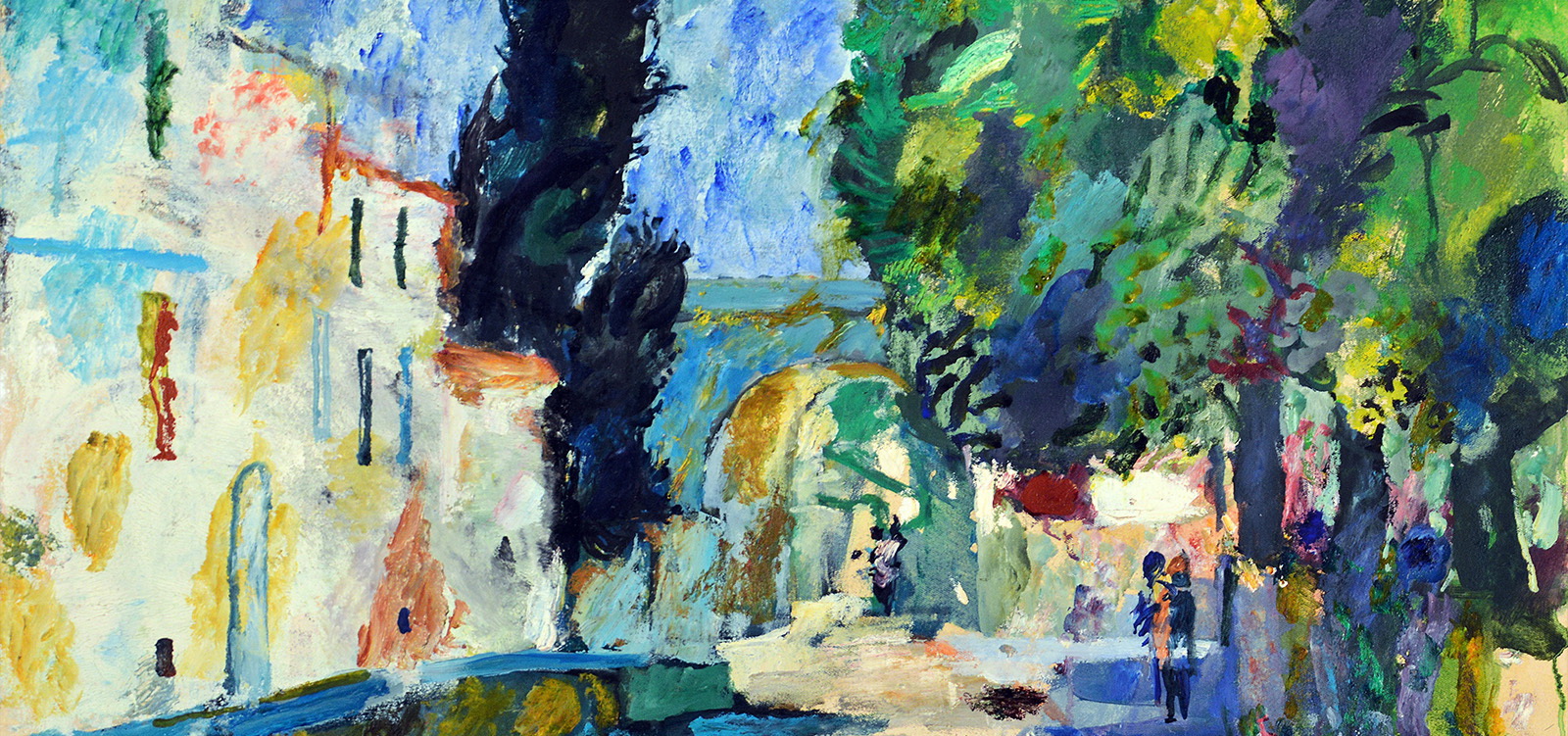
Arranging art collections
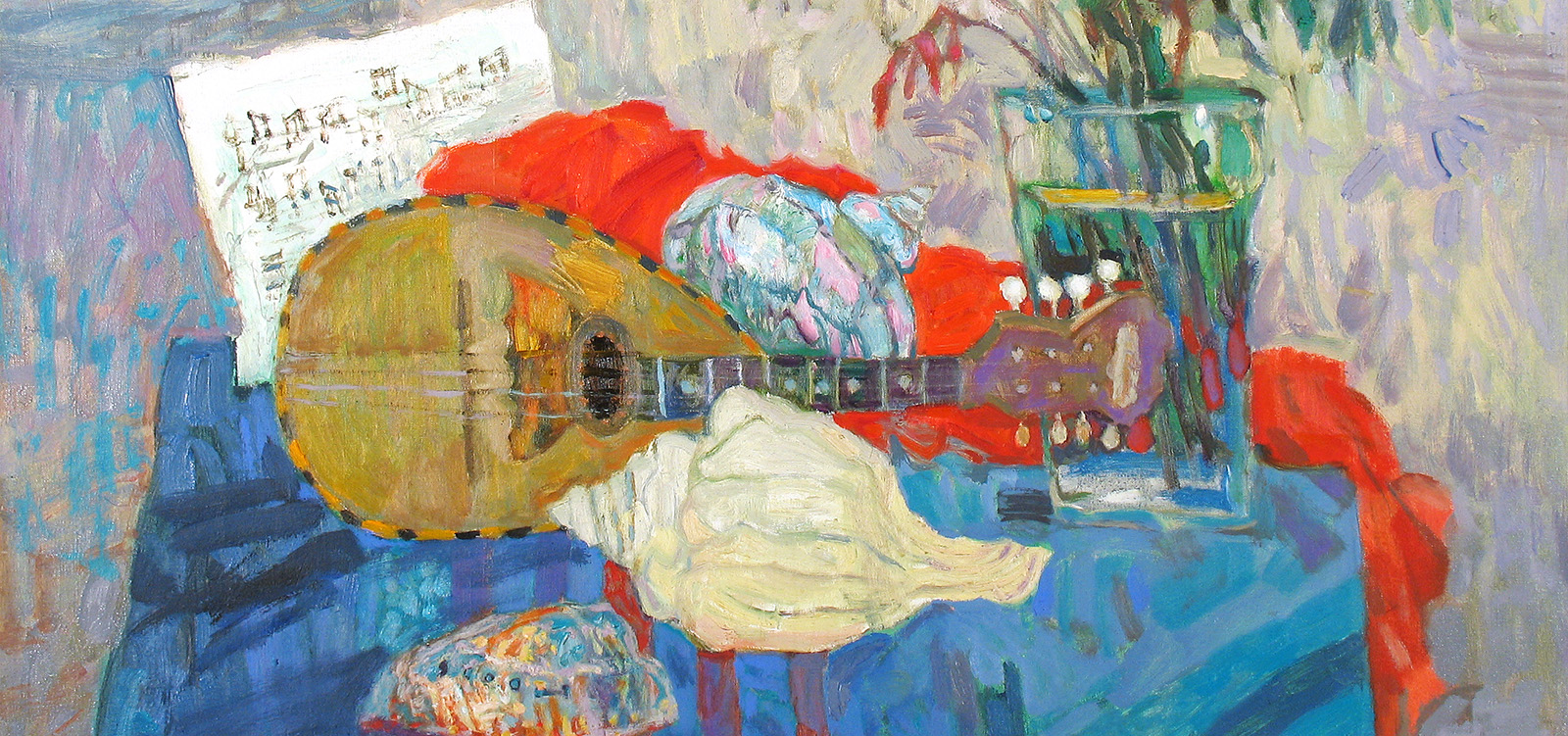
Cataloguing collections of works of art
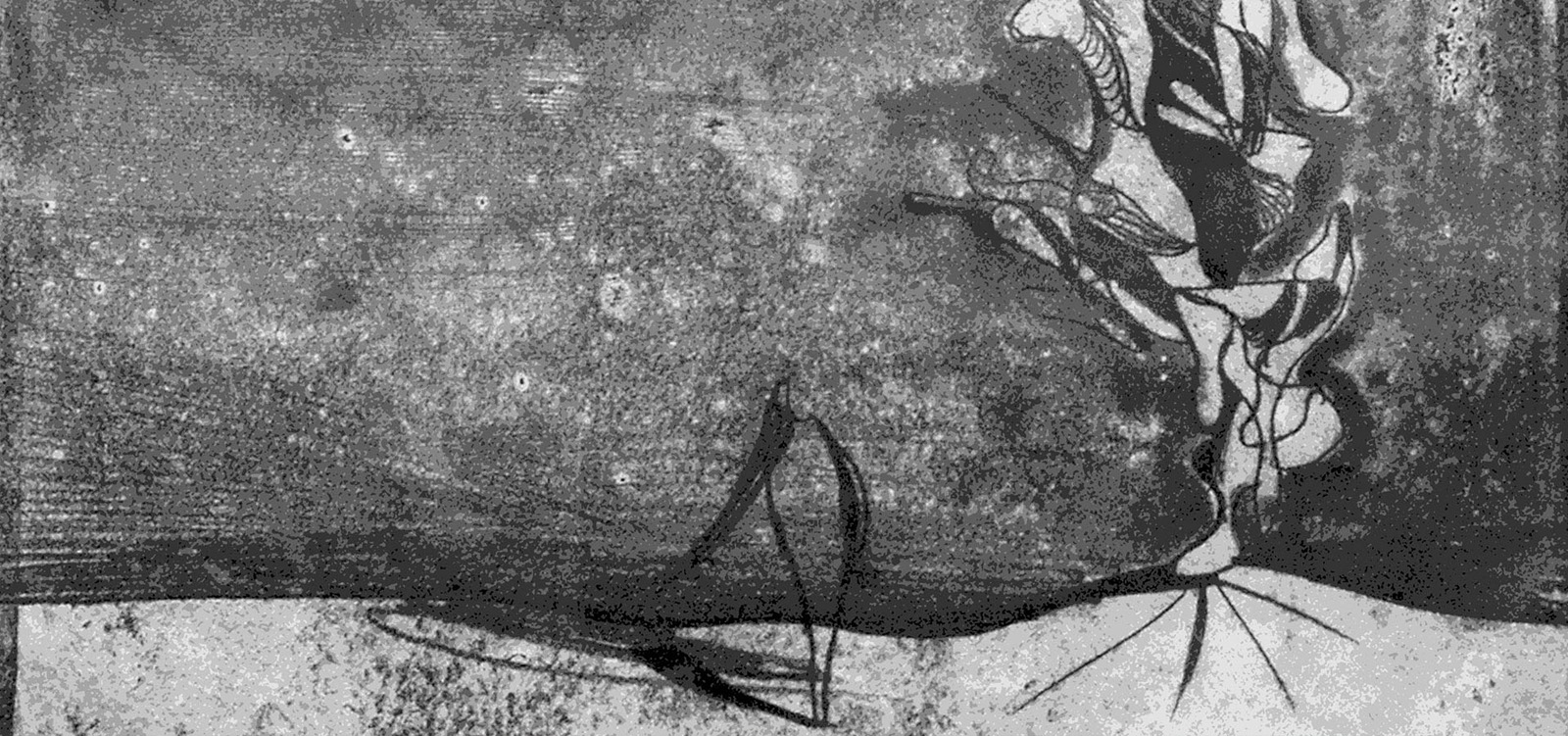
Consevation of works of art
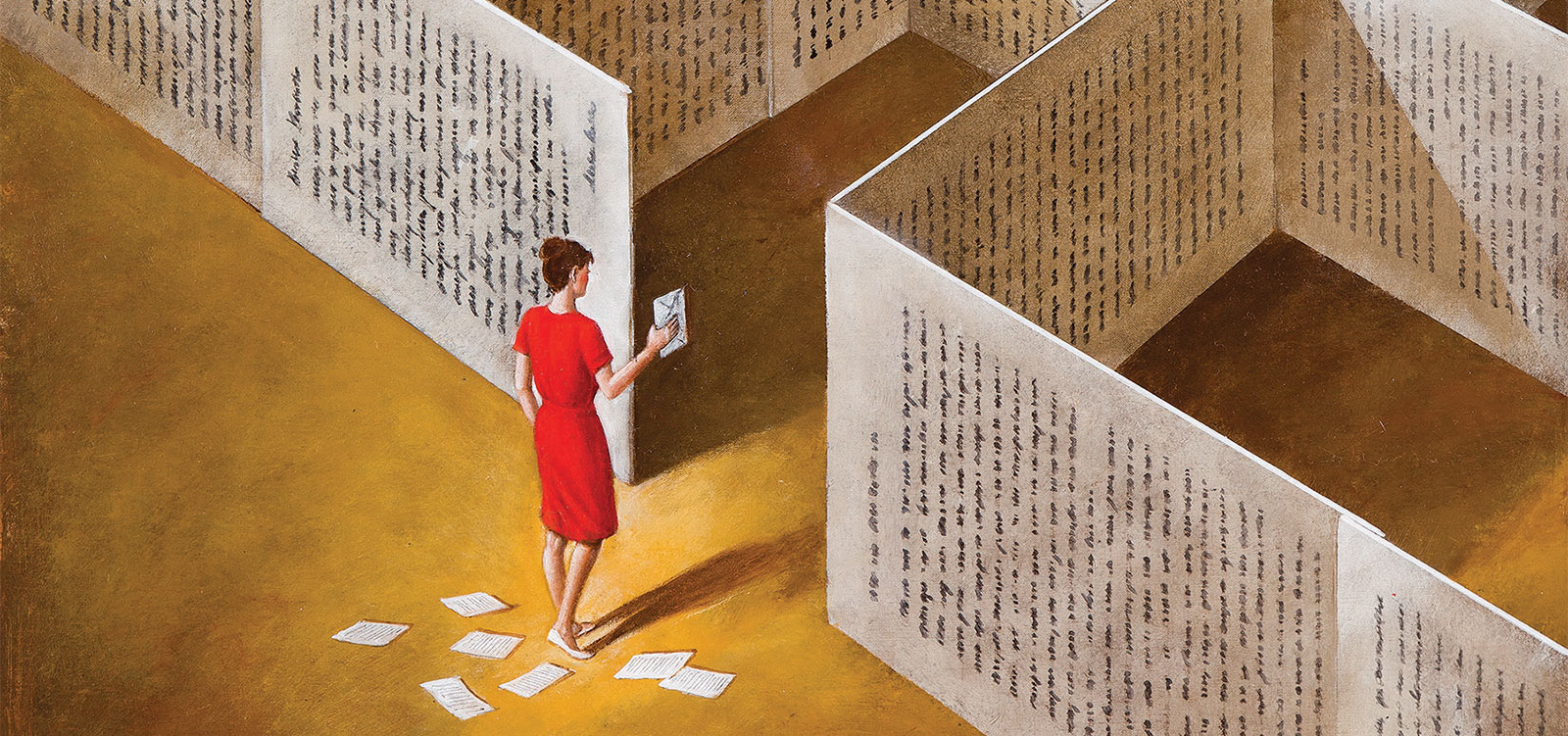
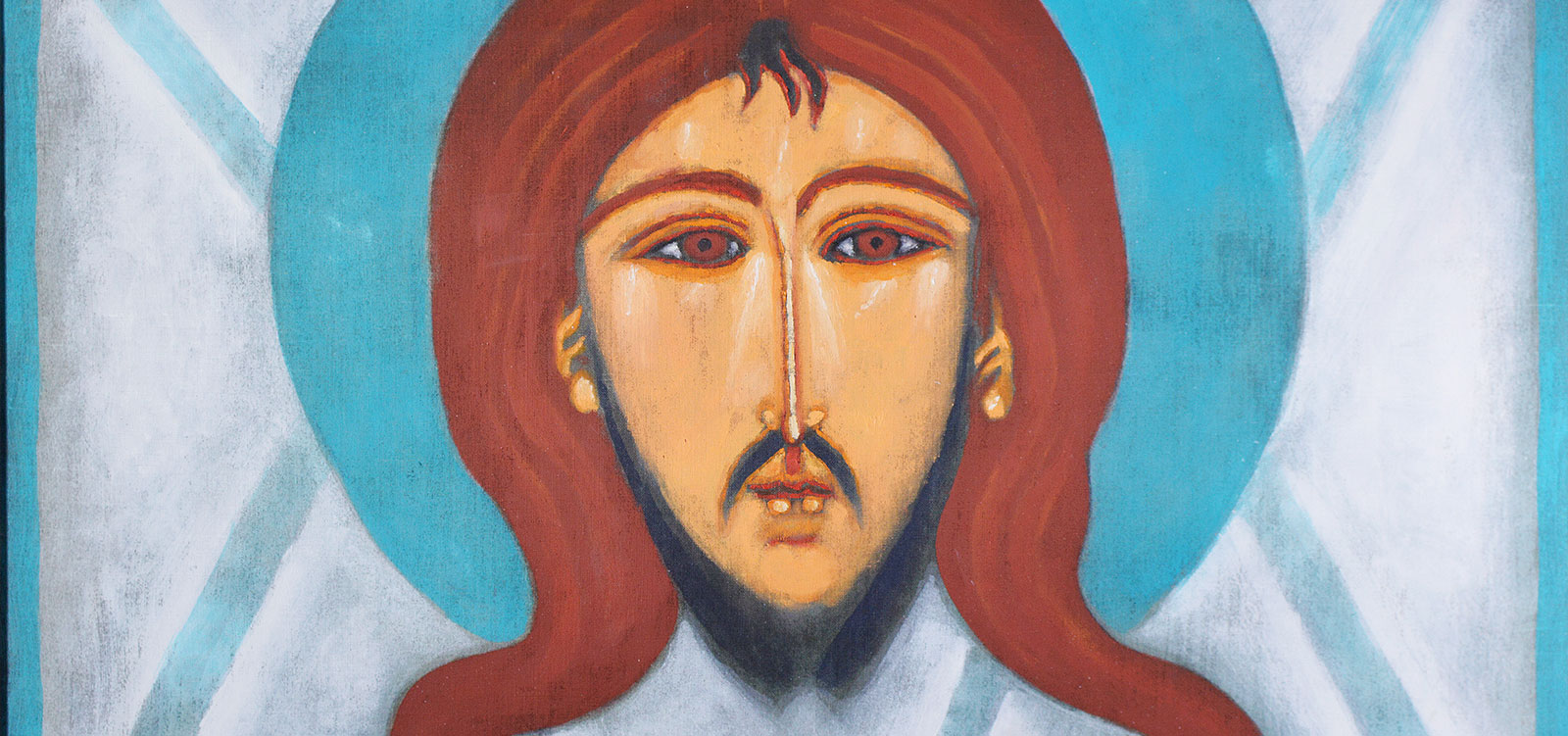
“Every block of marble hides a ready statue. It is enough to see it and chip off redundant pieces”, Michelangelo used to say.
It is true. However his statement, trivialized beyond the borders of truth, like a block of stone hides the second truth based on Michelangelo’s theory. Namely, a form gives birth to another form. From a shapeless form of a block of stone there emerges a perfect shape, compliant with the sculpturing canon, typified by a specific module and mass, and subjected to gravitational attraction.
Michelangelo was proclaimed an innovator, a revolutionist and the father of modern European sculpture. Undoubtedly, this opinion was not ungrounded although in his works one can perceive a fairly close echo of the words of Bishop St. Augustus, who was also an outstanding aesthetic: “the mind noticed that it liked beauty only, and in beauty its proportions, and in proportions the numbers”. In this way he expressed the eternal rules of classical art and its predecessor in the form of the most perfect and still matchless art of ancient Egypt and the neighbouring Mesopotamia with its figures of Kherou’bim, enclosed in geometric forms, its winged bulls and rhythmic rows of warriors.
It seemed that nothing different was possible because sculpture has a special nature. Namely, contrary to other forms of art it is not based on illusion even when it makes such an impression, and even when it imitates objects existing in nature and highlights them with naturalistic polychromy. In spite of the shape that the artist gives it, it always remains a solid matter, a large chunk of stone, bronze, wood or any other material possessing specific physical features. It is always something that can not only be seen but also touched and weighed. One can feel with the tips of one’s fingers its texture and temperature – warm and friendly or repelling with the coldness of eternal endurance. This is perhaps the reason why sculpture has always been the most conservative form of art. Canova was justifiably called “the contemporary Pheidias” and Thordwaldsen likewise, but with the additional modifier “Northern”. Both of them strove to equal him. One century later, Mailoll and August Zamoyski, for instance, tried to achieve the same although in their times mass lost its hegemony. Beside it and in contrast to it there appeared a negative cubist form and open-work constructivist structures. Space demanded its rights. It did not want to float around sculptural mass. It wished, similarly to any solid matter, to become a material with full rights which are due to any other component of a three-dimensional work.
The blow was enormous. Classical sculpture, in other words sculpture from the Mediterranean region was shaken at its base. The eternal canons were ruined – a new age was approaching.
However, this was not entirely true. As a matter of fact, sculpture returned to the territories it once had left and enlarged its range of penetration. It moved ahead but first it wisely looked back to the past which, as it seemed, had been irreversibly gone. There it saw slender, almost unreal figures of the Etruscans, looking like exclamation marks, and “sunny chariots” of the far North. It found graphic sculptures, some of which resembled the pre-Germanic runic script carved in stone and others, which absorbed space like pre-historic menhirs in Druidic Stonhenge. It discerned a different tongue of the matter which was perhaps even more poetic than the contemporary one because it was devoid of definitely univocal character. This tongue was more allusive and capable of using a metaphor. Further it observed that the power of sculpture was not based on its mass, size, hugeness, gravitational attraction effecting immense stone blocks, or the expression of a compact monolith either. It made an observation that also small structures can be beautiful and enchanting in their intimate decorativeness, at the same time loosing none or very little of their power of expression or visual attractiveness. It became obvious that Giacometti’s sculptures, like their Etruscan prototypes, could reflect human nature in the same way as Poliklet’s muscular heroes. Perhaps even in a more perfect way because vertical lines contain a concept and a spiritual element as well as an eternal yearning for good and friendly world full of joyous surprises, a fairy-tale world and unrestrained fantasies for which one is so strongly craving at this turn of two technicalist centuries. The first half of the 20th century was the time of surrealism. It was filled with fear of the unknown which was lurking in the limitless space of Chiric’s and Salvador Dali’s paintings and which could suddenly heave in sight from the abyss veiled with dangerous mystery. The end of two millennia and the present is the time of a fairy-tale where we are looking for the counterbalance to everything which can be measured, weighed, predicted and programmed. Ours is an anti-classical epoch. Today one should put a question mark after the words quoted after St. Augustus. Post-modernism disregarded all the uninfringeable dogmas. Nothing was certain or inviolable. Even reason. Particularly reason. Things became mixed in a truly strange dance whirl of notions and values. Solemn authority blended with ridicule, nobleness with grotesque, self-confidence with derisive doubts which became the sole mainstay of arts. Why should not classical sculpture shake hands with its contradiction in the form of artistic achievements of “the barbarian the Goths”, as Vasari called all of Medieval art, and their forefathers from thousands of years before?
Paweł Erazmus is a typical child of its times. He knows classical and non-classical sculpture of the Mediterranean region and is partial to it both in theory and practice. This is not without a good reason as he was a student of Marian Konieczny, one of our few true sculptors whose works were truly monumental, a worthy follower of Pheidias, Michelangelo, Rodin and Xawery Dunikowski, a master of the dynamics of large masses and pathos in the best sense of the word. Erazmus is able to make a sculpture based on the ancient masters’ canons, on which Vitruvius commented: “nature created man in such a way that the distance between the brows and the nose…”, and so on. Paweł Erazmus simply knows the rules governing sculpture and its craft. This classical inspiration is clearly evident in the statue of Science, accompanied by such typical attributes as: an owl sitting on an olive-tree branch, a trammel and an open book. However her large breasts give her the appearance of a fairly modern girl considering the fact that the ancient Greeks did not know codices and preferred less imposing breasts.
Erazmus confirmed and extended his knowledge during his travels abroad. Unpretentious photographs show him against the background of the ruins of Pompey, under the Trajan Arch, at the Forum Romanum, also in the Ospedale degli Innocenti and at St.Mark’s square in Florence, and against Edward Erichsen’s “Little Marmaid”, that takes a rest on a lonely rock. It is her who saved a beautiful prince’s life and then died for him in Christian Andersen’s sad fairy-tale.
Greek myths and northern fairy-tales blend into one complicated whole in the artist’s imagination, where they are enriched with home legends about a lyrical or a heroic tenor and motifs of the Wild West, Black Africa, Far East, reflecting a young boy’s fascination with their legend.
The truth and fiction, the fiction of the truth and the truth of fiction that can be more real and convincing than the most obvious truth. But only when one believes in them and can inspire others with the same belief.
Erazmus can do it. This is probably the reason why his art is popular. Namely, he can speak about man and his dreams using the language of forms and symbols. He does not present or imitate him, nor does he create substitutes of man in the shape of spiritless homunculuses, but speaks about man using the language of lines, outlines and contours, in other words he uses drawing which has been widely proclaimed to be “the most honest form of art” and its conscience. Erazmus speaks about man, people, and us, which means that he does not endow his figures with individual features. His man is universal man and a reflection upon man and his fate, dreams and situations in which man has found himself or which the artist would like to experience sometimes. The meditation is sometimes solemn but most often facetious due to its seriousness. The Thinker of 1998 has a tiny head, large hands and huge shoes. Such provocative, even scoffing commentary to the title was imposed by the requirements of the sculpture, composed on the figure of an elongated triangle resembling a pyramid. Almost all Erazmus’s sculptures are vertical in form and strongly misshapen. Not only in order to achieve the explicit and obvious meaning of a slender vertical shape. Elongation of figures is also an expression of artistic refinement. Coarse folk sculpture prefers stocky and squat figures. On the other hand court presentations of man accentuate strongly slim figures and elegant gestures. It is not without a reason why the evolution of classical Greek sculpture goes from Polykleitos through Pheidias to Praxiteles.
Paweł Erazmus is a sculptor and only a sculptor. He does not paint like his friends sculptors and very seldom draws instead finding satisfaction in the formulation of a general idea or an outline, at the most, of a future sculpture which is created in combination with the feedback from the material. Only in the sensual contact with wax (almost all the artist’s works are made in wax) the formal concept of a sculpture and its literary plot mature. Erazmus likes stories and knows how to tell them. He tells stories about his heroes but first of all about himself, his fascinations, enchantments and fantasies from the time of his boyhood, for example the series “Warriers” showing figures from different epochs and continents, and from his grown-up years; on the other hand, doesn’t man remain a boy all his life according to the feminist theory which states that a woman grows up and a man grows? Erazmus’s sculptures reflect his boyish interest in old numismatics and ornamental values of fibulas and earrings dating from the bronze age, looking nice and pleasant in their unrestrained ornamentation which is free of the discipline of a rigid beauty canon. Perhaps we should look for the inspiration of the playful suggestiveness of his sculptures in those old patterns? In old awkward-made coins one can see images of rulers who were intended to look dignified but look funny instead due to their overly literal execution which changes portraits into caricatures.
Erazmus started to sculpture or rather model already in his boyhood. He used plasticine which is a soft and ductile material, yielding and obedient to all ideas of a creator. One can do everything in plasticine. And achieve any effect except a sharp edge or an acute angle, everything which does not have to be submitted to the rules of geometry or the precision of technical drawing. In order to avoid sharp geometric forms Emile Gallé, the famous glazier and eminent cabinet-maker, used clay, typified by its properties similar to plasticine, to model in it designs of his sculpture-like furniture.
Thus, Erazmus became a sculptor during his childhood plays. Shortly afterwards, he found his masters – Michelangelo, Rodin, Bourdelle and other impressionists like Medardo Rosso. Particularly impressionists because he was and still is fascinated with light. Both in the context of sculpture and painting.
In the course of his artistic development and improvement he managed not to lose one of the most unique qualities which only very few artists can preserve intact and convey into their adult life and mature work, namely a childish spontaneity and freshness of view, as well as the joy of creation and, typical of the age, keenness for ornamentation and extremely specific, sensual understanding of beauty. Erazmus does not like ugliness in any of its varied forms and recoils from it. His men are handsome and well- or smartly dressed. Their gestures are elegant or even pathetically sublime, and their attributes and accessories fine. Even the walking stick of The Wanderer is artistically carved, not to mention his fancy cap which resembles a hat or a blade of an ice-axe or a late Gothic halberd. Also The Lady looks noble thanks to her posture and the oval line of glittering metal into which her wide hips and rather bandy legs have changed. The dustbins filled with rubbish in the sculpture entitled: In the back-yard impress us as stylish. Erazmus creates his sculptures lovingly (con amore) which means that he sculptures what he likes, and what his liking and imagination can idealize and put on a pedestal.
He is a young artist. We can even call him a very young artist considering the fact that youth is twice longer now than it was in the times of Raphael or the great fin de siecle when thirty years old artists considered themselves almost old men. Erazmus started on his own independent artistic path only seven years ago. Perhaps we should say that it was as long as seven years ago because the artist has covered a fairly long distance since then, literally and figuratively speaking. He moved from rich and complicated forms to simplicity, a synthesis of contents synonymous with it and an adequate shape.
He started from impressionist sculpture with a pronounced texture, shaped with irregular pasted clods of material after the pattern of Giacometti and Rosso. Such a type of sculpture is to some extent limited by its nature. It naturally “catches light”, as they describe the phenomenon in a specialistic jargon, reflecting it in impressionistic fashion in the form of flashes on every swelling and blacking it out on every hollow. Later on, with the passing of years and gaining of experience the artist changed the texture of his works chiselling them with jeweller’s precision into ornament-like forms. Those sculptures started to bear close resemblance to fine-wrought trinkets, so much preferred by chic ladies in the 18th and 19th centuries. They look like precious works from the Far East made of ivory or mammoth tooth, or tiny figures of Dresden or Sevres china, beautiful thanks to fineness of their execution. At that stage also colour appeared. It was based on a subtle contrast between the shade of bronze and exceptionally beautiful willow green patina.
However, opulence becomes boring very fast. It also wakes, perhaps unconscious irritation with its specific anti-sculptural qualities. Particularly when it violates and destroys the elegance of line and form. Consequently, Erazmus went back to synthesis. Again this was a successful move – little wings of The Flying Giraffe are more unusual and decorative than former sculptures composed of far more complicated details. The artist no longer wished to impress viewers with his craft or perfection of cast without junctions. Step by step, sometimes moving backwards in order to move ahead again, he followed the Bauhaus motto: “Weniger is mehr”, that is “less means more”. He limited the number of elements in his sculptures and thus emphasized the significance of the remaining constituents in respect of their composition, structure and purport because he strove to achieve balance between form and narration in his works. Particularly when he gave them allusively droll meaning as, for example, in the case of A Magician or An Elephant.
Progressively forms become more massive. Gravitational attraction increases and the rhythm of horizontal divisions accelerates. The mass of his sculpture begins to come into prominence again. Perhaps it was its come-back to the dominating position because Erazmus had never renounced it definitely. Massiveness is typical of such works as A Hut dating from 1994, A Tower, A Vehicle from 1998 and many others. It seems that mass stands for all sculptors’ inborn yearning for might and all the things which are monumental and grand.
Jerzy Madeyski
